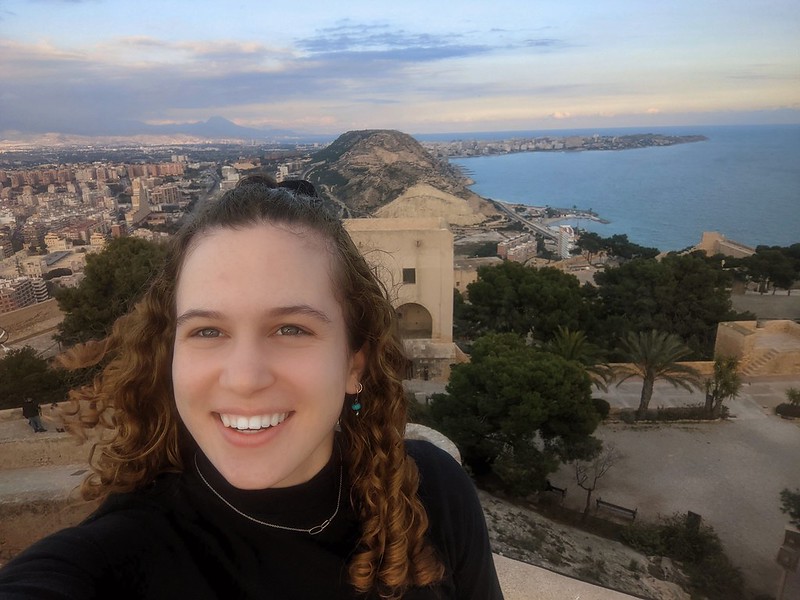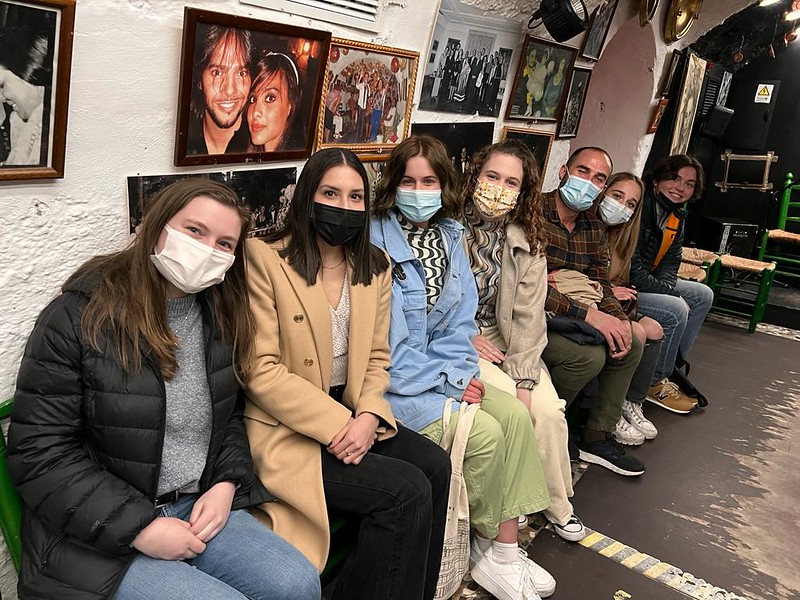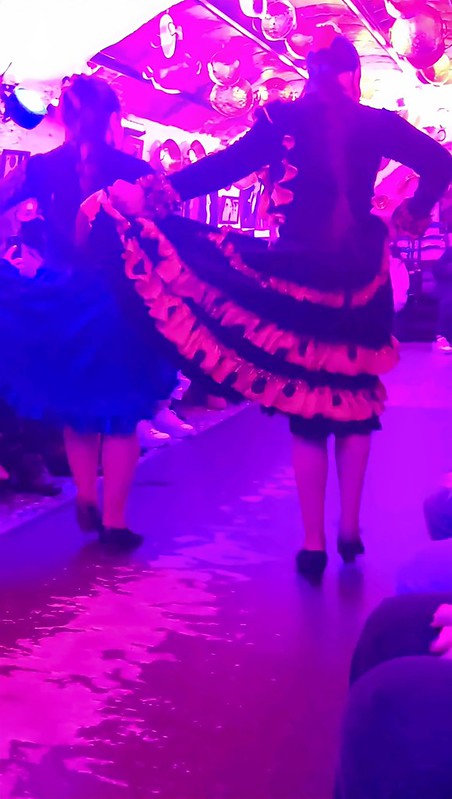Adjusting to life in Spain
By Claire L.
Feb. 19, 2022
There is no amount of research that could have prepared me for what daily life has been like in Spain. After four weeks of study abroad I have had many exciting adventures, but some of the most memorable experiences have come from learning more about everyday life, the language and the culture here in Spain.

The hardest adjustment was living with a host family, trying to figure out their rules and expectations, and adapting to the way they live. I wanted to be as respectful as possible and follow their normal routine. One example of this is in Spain they eat big meals at different times than we do in the United States. Instead of having lunch at noon, it is normally around 2–3 p.m., and instead of eating dinner around 5–7 p.m., it is normally at 9 p.m. While this was something I was expecting, it definitely was an adjustment. There were many small surprises like this that I learned when I arrived, such as foods like milk and eggs are not refrigerated, clothes are always hung to dry and water is not free and is never served with ice. There were several of these typical customs that caught me off guard when I first arrived, but have quickly grown accustomed to them.
I have loved talking with students from Spain and other countries and discovering some of the differences and similarities between their experiences and my own in the United States. In addition to learning the new style of day-to-day life, another challenge has been improving my language skills. This is definitely what I was most worried about before I came, being able to communicate with my host mom and anyone else I interact with. Although I have studied Spanish for seven years, I quickly discovered how much the Spanish language can vary between Spain and Latin American countries. There are different conjugations, pronunciations and everyday phrases, yet I have really enjoyed learning the colloquial terms, and I keep track of every new word I learn. While the language barrier has been intimidating, it is much less scary if you are willing to step a little outside of your comfort zone. I have found the people here to be super nice and understanding and have always been able to work with us. There has been some confusion here and there, but you shake them off as a learning opportunity and remember them for next time. In the end, I have always been able to communicate what I need.

As I mentioned before, some of the best experiences have been of the cultural elements of the country, but my favorite has been going to a flamenco show. Flamenco is traditional in southern Spain, near the region that I live in, and it involves lots of singing, dancing, guitar and clapping. The songs are sung with a lot of emotion and are very intense. We sat in an oval along the wall of the room while the dancers performed in the middle. The dancers performed with elaborate hand and arm movements, along with intricate tapping and percussive footwork. Each of the dancers had their personal style that created different performances, but they all had a passion for their art that was so evident in their faces and in their dancing and was incredible to watch. Their movements were so expressive that it was absolutely captivating. It was easily my favorite experience and something I hope to see again in the future.
